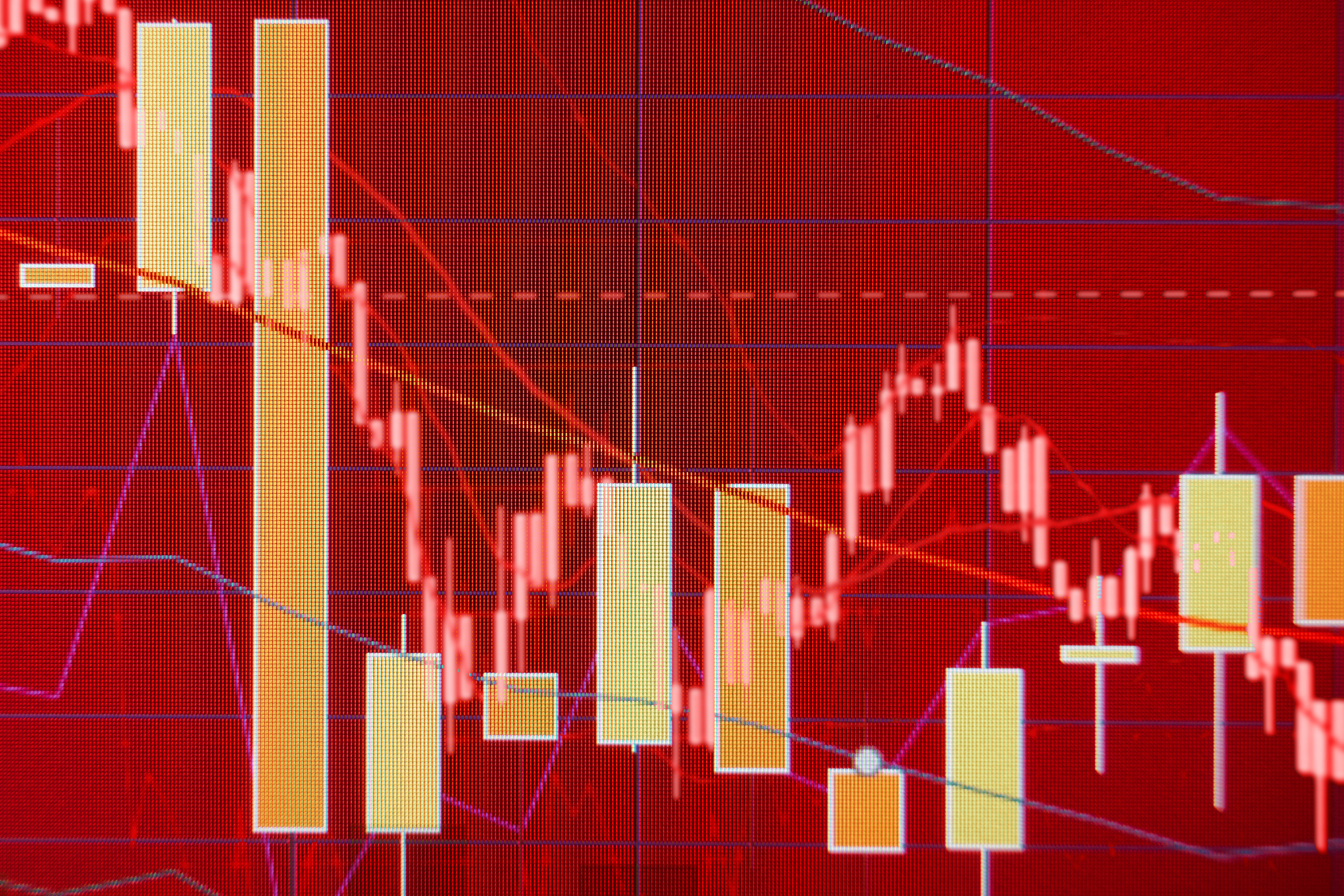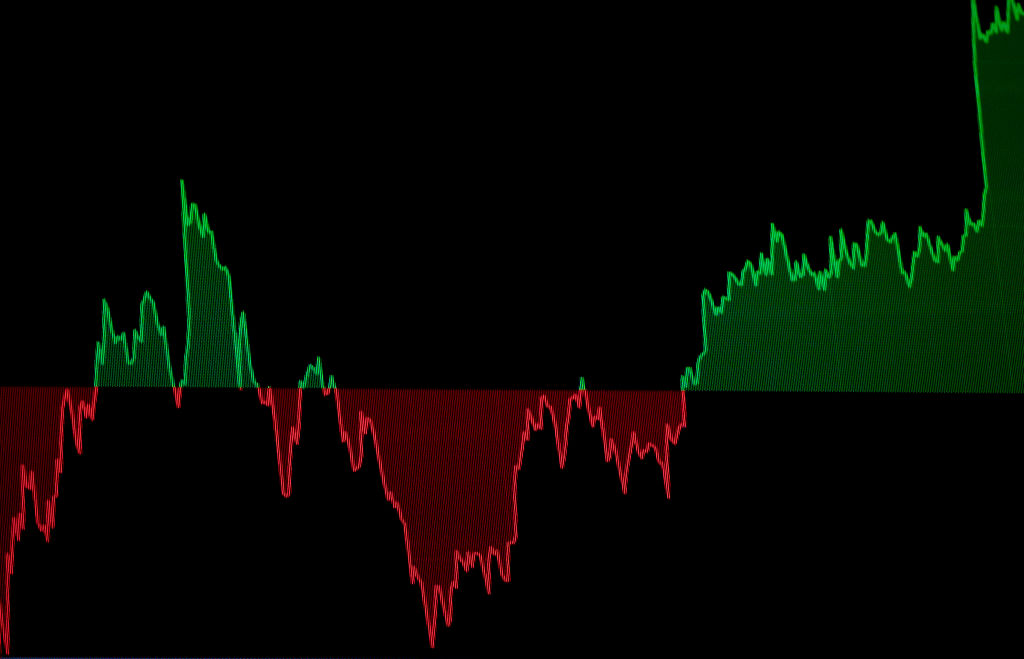Good Dividend-Paying Tech Stocks Selling at Good Prices
Shares of these technology companies offer income investors yield at a reasonable price, or YARP for short.

We went looking for big-name stocks with above-average dividend yields and below-average price-earnings ratios. Some on Wall Street call them YARP stocks, for yield at a reasonable price. With help from research firm Morningstar, we found eight promising YARP stocks for dividend investors, including the three technology companies below.
All of the companies have market capitalizations of more than $5 billion, and the stocks are cheaper than, and yield more than, Standard & Poor's 500-stock index. To be specific, we sought stocks that yield at least as much as the index’s 2.1% yield and trade for less than its price-earnings ratio of 17 (based on estimated earnings over the next four quarters). Prices and related data are as of September 1.
Cisco Systems
Symbol: CSCO
From just $107.88 $24.99 for Kiplinger Personal Finance
Become a smarter, better informed investor. Subscribe from just $107.88 $24.99, plus get up to 4 Special Issues

Sign up for Kiplinger’s Free Newsletters
Profit and prosper with the best of expert advice on investing, taxes, retirement, personal finance and more - straight to your e-mail.
Profit and prosper with the best of expert advice - straight to your e-mail.
Share price: $31.58
Market capitalization: $160.4 billion
Dividend yield: 3.3%
52-week high/low: $31.88/$22.46
Estimated earnings per share: fiscal year ending July 2017, $2.43; fiscal year ending July 2018, $2.56
Price-earnings ratio: 13
The business: Cisco is the world's largest manufacturer of computer networking equipment, such as routers and switches. Its hardware is the backbone of the internet. The company generated earnings from operations of $12 billion, or $2.36 per share, on revenue of $48.7 billion in the fiscal year that ended July 31.
The valuation story: Given Cisco's size and the extent of its domination of the hardware markets, its fast-growth days are just a memory. In the last fiscal year, sales rose a mere 3%. That slow growth explains the stock's low P/E of 13. Yet value-hunting investors have made the stock a big winner over the past four years, with the price doubling in that period. Cisco's appeal now is twofold: First, its massive router and switch business generates huge amounts of cash, which supports fat dividends. Second, it is slashing costs in its old-line businesses while investing heavily to drive a new growth phase: selling software to run its hardware. The idea is to offer Cisco's hardware users a way to make their computer networks more efficient and easier to manage. For Cisco, the attraction of software is that profit margins are richer than for hardware.
The yield story: There is no guarantee Cisco will succeed in significantly boosting growth. But investors can still be confident about earning hefty dividends along the way. Since 2011, the dividend has risen at an annualized rate of 34%. With $66 billion in cash and securities on its balance sheet, Cisco has the resources to keep dividend hikes coming. Brokerage Barclays calls the company a "steady ship and an attractive industrialized tech play."
Intel
Symbol: INTC
Share price: $36.02
Market capitalization: $170.9 billion
Dividend yield: 2.9%
52-week high/low: $36.30/$27.68
Estimated earnings per share: 2016, $2.50; 2017, $2.73
Price-earnings ratio: 14
The business: The world's largest manufacturer of microprocessors, Intel is synonymous with the rise of Silicon Valley and the personal computer. As PC sales fade, the company is betting its future on a more diverse menu of chips.
The valuation story: The decline of PC sales is forcing Intel to reinvent itself, but the process has been slow. Total revenue of $55.4 billion in 2015 was up just 2.5% from 2011, and per-share earnings were down 2.5% over the same period. The lack of growth has, understandably, left investors unwilling to put a high valuation on the shares, which trade for just 14 times estimated year-ahead earnings. But optimism about 2017 has given the stock a lift this year, to its best levels since early 2015. Bulls on Intel note the pickup in demand for chips used in powerful servers at the heart of "cloud" computing (the delivery of myriad computer services via the internet). S&P Capital also sees "significant opportunities" in new memory chips and in chips for the "Internet of Things" (smart household appliances, for example). Another profit source: Intel has ramped up making chips under contract for other companies, including for cell phones — a sector in which Intel stumbled badly with its own chip designs. All in all, analysts on average see sales hitting a record $59.8 billion in 2017 and profits reaching a record $2.73 per share.
The yield story: Intel hasn't been as generous with dividends as some other tech giants. The company's payment has risen 8.7% per year, on average, since 2010. Still, the current yield is a decent 2.9%. That may be enough for optimists who are content to bet on — and wait for — Intel's new chip opportunities to finally generate substantial returns.
Qualcomm
Symbol: QCOM
Share price: $63.47
Market capitalization: $93.5 billion
Dividend yield: 3.3%
52-week high/low: $63.70/$42.24
Estimated earnings per share: 2016, $4.29; 2017, $4.75
Price-earnings ratio: 14
The business: Founded in 1985, Qualcomm is the genius behind much of the technology that makes cell phones work. It is a major designer of computer chips for wireless phones and also earns royalties from other companies that license its cell technology.
The valuation story: Qualcomm's shares soared from nearly $10 in 2002 to more than $80 in 2014 as revenues and profits surged. But since 2014, a number of challenges have caused earnings to decline and raised doubts about the company's long-term outlook. One issue is rising competition from such chip giants as Samsung. Another worry: government probes into the fairness of Qualcomm's licensing fees. Qualcomm shares were nearly cut in half from April 2014 to February 2016, before rebounding this year. But with the stock trading at 14 times estimated year-ahead earnings, brokerage Goldman Sachs says it’s still a bargain. Qualcomm delivered a surprisingly strong profit report for the quarter that ended June 30, and Goldman says the company was "particularly positive" about both global chip demand and about resumed royalty collections in China, which settled its probe with Qualcomm in 2015. Long term, the company expects to benefit from advances in phone technology and from chip demand from emerging industries, such as self-driving cars.
The yield story: Qualcomm's royalties, about 35% of total revenue, have helped fund a generous dividend. The per-share payment has nearly doubled since 2012, and the stock now yields 3.3%. What's more, Qualcomm’s hoard of $31 billion in cash and investments provides security for the dividend and the wherewithal for reinvesting in the chip business. That said, the key to additional gains in the share price is whether last quarter's earnings momentum will continue.
Check out five more YARP stocks offering income investors yield at a reasonable price.
Profit and prosper with the best of Kiplinger's advice on investing, taxes, retirement, personal finance and much more. Delivered daily. Enter your email in the box and click Sign Me Up.

-
 Forget FIRE: Why ‘FILE’ Is the Smarter Move for Child-Free DINKs
Forget FIRE: Why ‘FILE’ Is the Smarter Move for Child-Free DINKsHow shifting from "Retiring Early" to "Living Early" allows child-free adults to enjoy their wealth while they’re still young enough to use it.
-
 7 Tax Blunders to Avoid in Your First Year of Retirement
7 Tax Blunders to Avoid in Your First Year of RetirementA business-as-usual approach to taxes in the first year of retirement can lead to silly trip-ups that erode your nest egg. Here are seven common goofs to avoid.
-
 How to Plan for Social Security in 2026's Changing Landscape
How to Plan for Social Security in 2026's Changing LandscapeNot understanding how the upcoming changes in 2026 might affect you could put your financial security in retirement at risk. This is what you need to know.
-
 If You'd Put $1,000 Into Lowe's Stock 20 Years Ago, Here's What You'd Have Today
If You'd Put $1,000 Into Lowe's Stock 20 Years Ago, Here's What You'd Have TodayLowe's stock has delivered disappointing returns recently, but it's been a great holding for truly patient investors.
-
 If You'd Put $1,000 Into 3M Stock 20 Years Ago, Here's What You'd Have Today
If You'd Put $1,000 Into 3M Stock 20 Years Ago, Here's What You'd Have TodayMMM stock has been a pit of despair for truly long-term shareholders.
-
 If You'd Put $1,000 Into Coca-Cola Stock 20 Years Ago, Here's What You'd Have Today
If You'd Put $1,000 Into Coca-Cola Stock 20 Years Ago, Here's What You'd Have TodayEven with its reliable dividend growth and generous stock buybacks, Coca-Cola has underperformed the broad market in the long term.
-
 What Fed Rate Cuts Mean For Fixed-Income Investors
What Fed Rate Cuts Mean For Fixed-Income InvestorsThe Fed's rate-cutting campaign has the fixed-income market set for an encore of Q4 2024.
-
 If You Put $1,000 into Qualcomm Stock 20 Years Ago, Here's What You Would Have Today
If You Put $1,000 into Qualcomm Stock 20 Years Ago, Here's What You Would Have TodayQualcomm stock has been a big disappointment for truly long-term investors.
-
 Dow Dives 797 Points as Government Opens: Stock Market Today
Dow Dives 797 Points as Government Opens: Stock Market TodayThe process of pricing and re-pricing realities old and new never stops, and next week promises to be at least as exciting as this week.
-
 Dow Climbs 327 Points, Crosses 48,000: Stock Market Today
Dow Climbs 327 Points, Crosses 48,000: Stock Market TodayMarkets are pricing the end of the longest government shutdown in history – and another solid set of quarterly earnings.
-
 If You'd Put $1,000 Into Home Depot Stock 20 Years Ago, Here's What You'd Have Today
If You'd Put $1,000 Into Home Depot Stock 20 Years Ago, Here's What You'd Have TodayHome Depot stock has been a buy-and-hold banger for truly long-term investors.